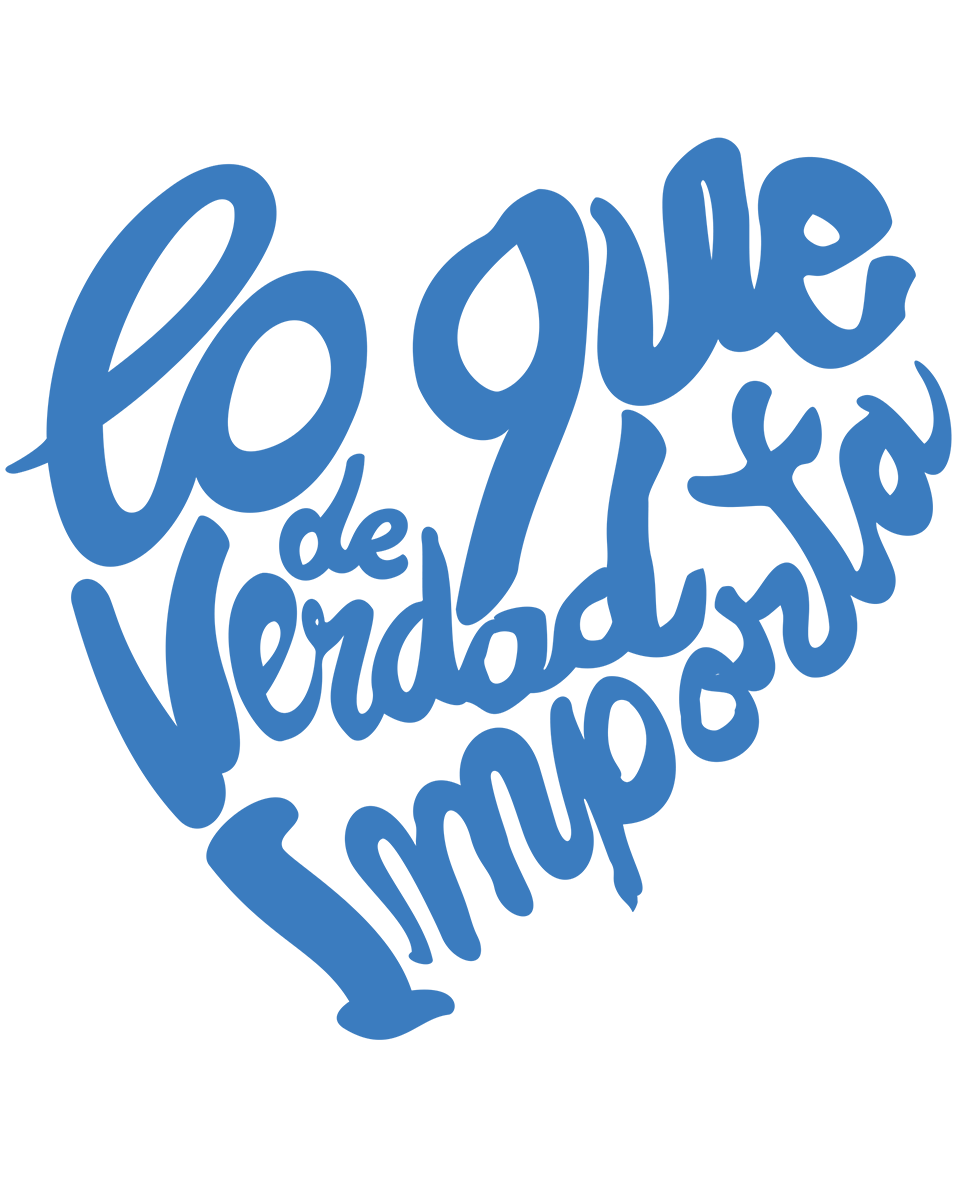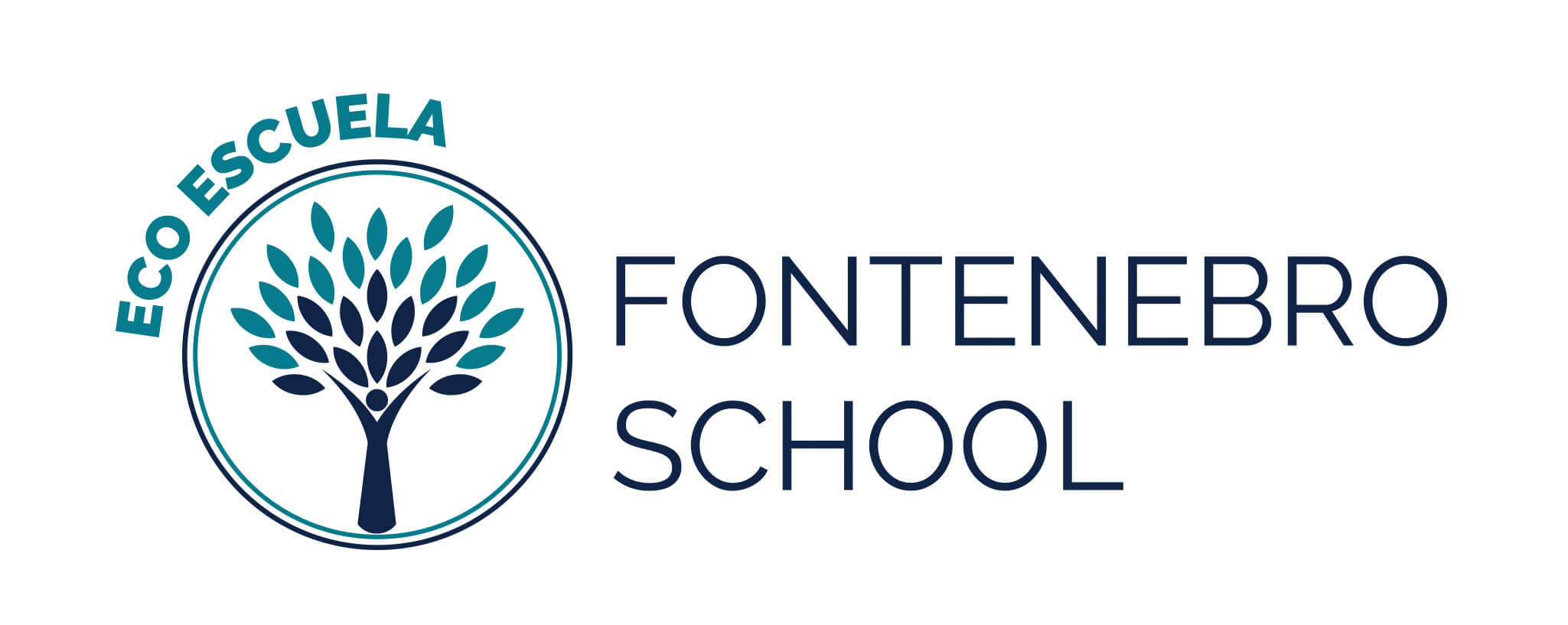Benefits of dance
According to researchers, dance has accompanied human beings since Prehistory, constituting a communication tool capable of expressing feelings and moods through movement. The representation of dancing figures found in prehistoric caves or in Egyptian burial sites are proof that dance has been used in rituals and social ceremonies for thousands of years.
In Ancient Greece, dance began to be considered one of the main arts.
During the Middle Ages, dance continued to evolve and form part of the culture of the common people, despite being highly criticized by the Church.
In the Renaissance, parallel to the popular dances with which the people in each region celebrated their festivals, interest in dance among the nobility grew enormously. The first manuals emerged, which thanks to the printing press began to spread throughout Europe. All nobles had to know the fashionable dances to be able to participate in the dances that took place in the halls of the different courts.
Thus, many popular dances were transformed into court dances and this contributed to the development of the instrumental repertoire of the 16th century, much of it composed of dance pieces. These instrumental pieces (pavane, allemande, gavotta, minuet, bouree, jig, chaconne, sarabande, etc.) gave rise to the Suite of the Baroque period.
We could continue summarizing the historical evolution of dance, but let’s better come to the present, to our school reality.
The practice of dance in music classes has enormous potential. In the musical aspect, it favors the development of hearing, the sense of rhythm, memory, attention, assimilation of the way in which a musical piece is structured (parts, phrases, motifs), etc.
On the other hand, through it we promote self-esteem, confidence and acceptance of our own body and it helps us express and share our creativity.
In addition, it helps students know and learn to respect both the cultural heritage of our country and that of other cultures
But in addition, there is a very important aspect of dance that should be highlighted, and that is its ability to promote communication and social relationships. To perform a group dance, everyone’s collaboration is necessary. The effort and concentration of each individual contributes to the success of the final result.
This involvement of the members of the group, managing to synchronize their movements with the music, as well as physical contact (for example, holding hands), or simply exchanging glances, contributes to creating emotional ties between them.
We often perform dances that are already designed so that exchanges between couples continually occur. Precisely to promote social relationships. So, everyone dances with everyone. It is a very common practice in traditional dances and was also frequently done in the Renaissance dances mentioned above.
José María Rosado
Early Childhood and Primary Music Teacher












![BAPParentLogo[5]](https://fontenebroschool.com/wp-content/uploads/2020/09/BAPParentLogo5.png)


